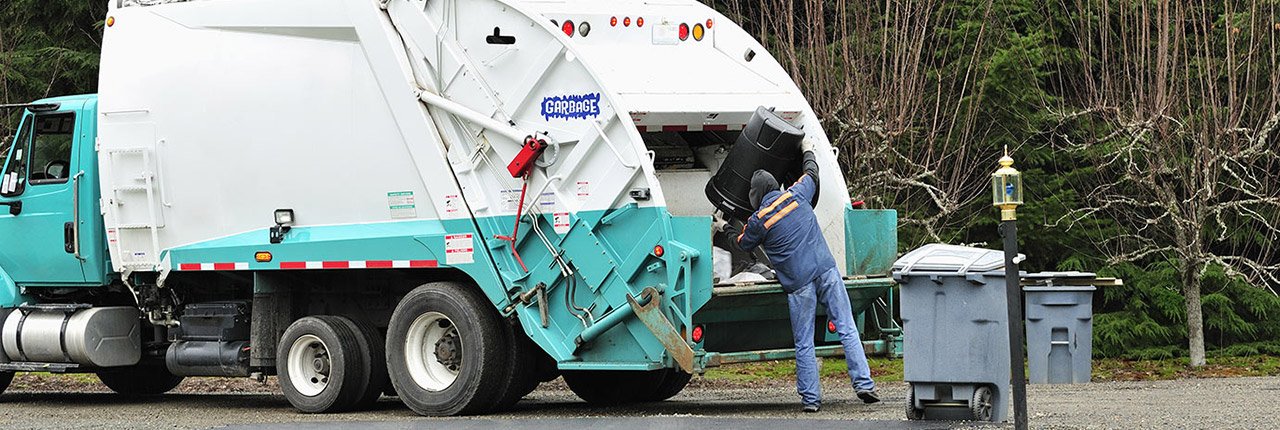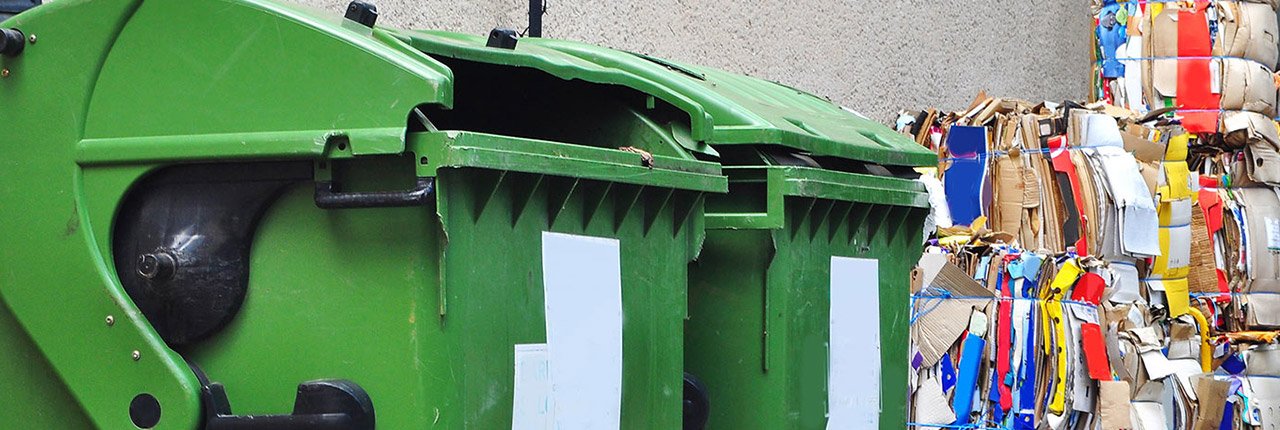Master the Art of Decluttering Your Office Space
Posted on 01/06/2025
Master the Art of Decluttering Your Office Space
Maintaining a tidy workspace goes beyond aesthetics; it directly impacts your productivity, creativity, and mental well-being. Decluttering your office space is both an art and a science, blending practical steps with psychological benefits. If your desk is inundated with loose papers, outdated tech, and forgotten coffee mugs, it's time to reclaim your space. In this comprehensive guide, you'll learn how to master the art of decluttering your office, boost your productivity, and foster a more inspiring environment.
Why Decluttering Your Office Space Matters
A cluttered workspace doesn't just look chaotic--it can also make you feel overwhelmed. Studies show that a messy office can reduce your focus, increase stress, and even hinder decision-making abilities. Meanwhile, workers with organized and distraction-free spaces tend to be more efficient and creative.
- Reduces stress: Clutter is linked to higher cortisol levels, which impacts health and performance.
- Boosts productivity: A tidy office allows for fewer distractions and quicker access to essentials.
- Enhances creativity: Clear spaces free cognitive resources and inspire innovation.
- Projects professionalism: A well-organized office creates a positive impression for clients and colleagues.
Whether you're working remotely or at a corporate office, mastering the art of decluttering your workspace is a career investment you won't regret.

Step-by-Step Guide: Declutter Your Office Like a Pro
Ready to start your clutter-free journey? Let's break it down into actionable steps you can implement today.
1. Define Your Ideal Workspace
Before tossing anything out, take a moment to visualize your ideal office. Ask yourself:
- What tasks do I perform most?
- What tools do I use daily, weekly, or rarely?
- How do I want my space to feel?
2. Start with a Clean Slate
Remove everything from your desk, drawers, and shelves. Wipe down surfaces and assess what you have. You'll be amazed by how much unnecessary stuff has accumulated!
- Clear desks, cabinets, and even digital surfaces.
- Use this opportunity to deep clean--dust, sanitize, and freshen up the space.
- Sort all items into groups: keep, relocate, donate, discard.
3. Keep Only What You Need
Apply the one-touch rule: Every item you pick up should have a clear, justifiable purpose for staying. Eliminate anything that's:
- Outdated or broken (old chargers, broken pens, obsolete tech)
- Duplicate (multiple staplers, stacks of old notebooks)
- Unused (conference swag, promotional materials, junk mail)
Tip: If you haven't used something in the last three months, it probably doesn't belong on your desk!
4. Organize What Remains
With your essentials in hand, it's time to curate your workspace with smart storage solutions.
- Designate "homes" for every category: Store related items together in labeled drawers, boxes, or desktop organizers.
- Embrace vertical space: Use shelves, stacking trays, and wall-mounted organizers to maximize your area.
- Hide cords and cables: Invest in cable organizers or use binder clips to keep wires tidy and out of sight.
- Limit desktop items: Only display items you use daily--a lamp, your laptop, a notebook, and perhaps a personal photo or plant for warmth.
5. Digitize Where Possible
Paper clutter is a common culprit in office disorder. Transition to digital systems whenever you can:
- Scan important papers: Store them in cloud services like Google Drive or Dropbox for easy access and security.
- Automate bills and paperwork: Go paperless for utilities, subscriptions, and banking.
- Use apps for notes and brainstorming: Replace sticky notes with digital alternatives like Evernote or Microsoft OneNote.
Expert Strategies to Maintain a Clutter-Free Workspace
Decluttering isn't a one-time job--it's a habit. Follow these industry-vetted strategies to make tidiness your new normal.
Implement the "One In, One Out" Rule
Every time you introduce a new item into your office, remove one. This simple practice helps prevent future buildup and keeps your office intentionally stocked.
Schedule Weekly Maintenance
Dedicate 10 minutes at the end of each week to tidy up your workspace. File papers, return supplies to their places, and reassess what's on your desk. Consistency is key to a perpetually neat office.
Minimize Personal Items
While personal touches can inspire, too many can crowd your space. Stick to one or two cherished photos or mementos and rotate them seasonally to keep things fresh.
Control the Cord Chaos
Modern offices are plagued by tangled wires and charging cables. Corral your cords with cable sleeves, zip ties, or under-desk trays to ensure a streamlined look.
Tame Your Inbox
An overflowing email inbox can be as overwhelming as a messy desk. Unsubscribe from unneeded newsletters, set up folders, and spend a few minutes daily archiving or deleting messages.
Decluttering for Remote and Home Offices
With the rise of remote work, home office organization has become more crucial than ever. Here's how to master the art of decluttering in a home office setup:
- Draw boundaries: Dedicate a specific area in your home exclusively for work. Avoid working on your bed or kitchen table to maintain a psychological separation between "work" and "life."
- Prioritize comfort and function: Invest in ergonomic furniture and lighting. Keep only what you need for work within arm's reach.
- Control digital distractions: Organize your computer desktop, manage digital files, and use task managers to stay organized virtually.
Common Mistakes and How to Avoid Them
Even seasoned organizers can slip up. Here are some common decluttering mistakes--plus how to sidestep them:
- Going too fast: Rushing leads to missed items or haphazard sorting. Take your time for a thorough job.
- Confusing organization with decluttering: Buying fancy containers won't help if you're just relocating clutter. Edit before you organize.
- Sacrificing necessary items: Don't purge supplies you genuinely use just for minimalism's sake.
- Letting guilt guide decisions: If an item no longer serves you, don't keep it out of obligation--donate or recycle.
Benefits of a Decluttered Office Space
The payoff of decluttering your workspace is substantial and long-lasting:
- Enhanced efficiency: Save time looking for documents and tools, allowing you to focus on your work.
- Improved mental clarity: A clear desk leads to a clear mind, reducing decision fatigue and boosting motivation.
- Better health: Less dust and debris means improved air quality and fewer allergens.
- Positive work reputation: A neat office communicates discipline and professionalism to colleagues and clients.
Tools and Products for an Organized Office
While you don't need a trove of organizers, smart tools can help keep your office clutter-free. Consider these:
- Desk trays and organizers: Keep paperwork and supplies sorted by category.
- Filing cabinets: A must for important documents you need to keep in hard copy.
- Shredders: Dispose of sensitive information quickly to prevent unnecessary piling up.
- Cable management solutions: Cable trays, sleeves, or even velcro strips for taming cords.
- Label makers: For quickly identifying bins, shelves, and files.
Decluttering and Office Culture
If you oversee a team, consider championing office decluttering initiatives to boost company-wide productivity.
- Plan Clean Desk Days: Encourage everyone to remove unnecessary items from their desks on a monthly basis.
- Share success stories and tips: Create a culture where organization and tidiness are celebrated.
- Offer resources: Provide storage solutions or professional organizing workshops if possible.

Frequently Asked Questions About Office Decluttering
Q: How often should I declutter my office?
A: Ideally, perform a thorough decluttering quarterly, with smaller tidying sessions weekly.
Q: Can decluttering my office really make me more productive?
A: Absolutely. Countless studies show a direct link between organized workspaces and higher focus, creativity, and job satisfaction.
Q: What if I share my workspace?
A: Try to set boundaries for shared and personal zones. Open communication and labeling can go a long way in keeping things orderly.
Conclusion: Create a Workspace That Works For You
You don't have to be a minimalist to have a productive office--just intentional. When you master the art of decluttering your workspace, you're not just creating a tidier area, but also cultivating a mindset that supports efficiency, well-being, and success.
Start small, stay consistent, and enjoy the transformation!
Inspired to begin? Take a "before" photo and document your progress as you go. You'll be surprised how much a clutter-free office can improve your work--and your life.







